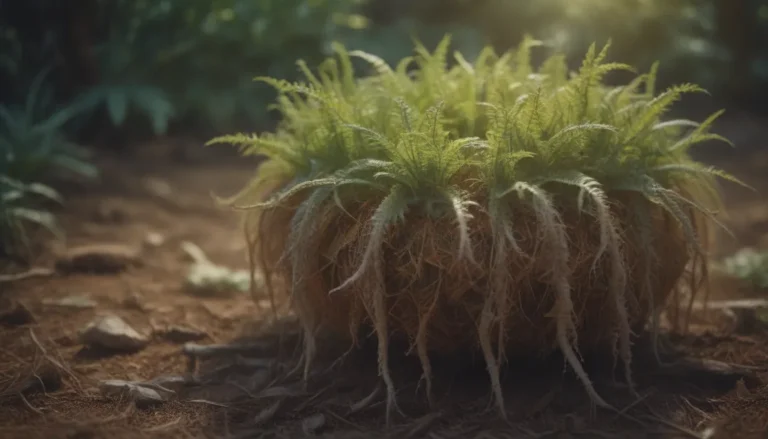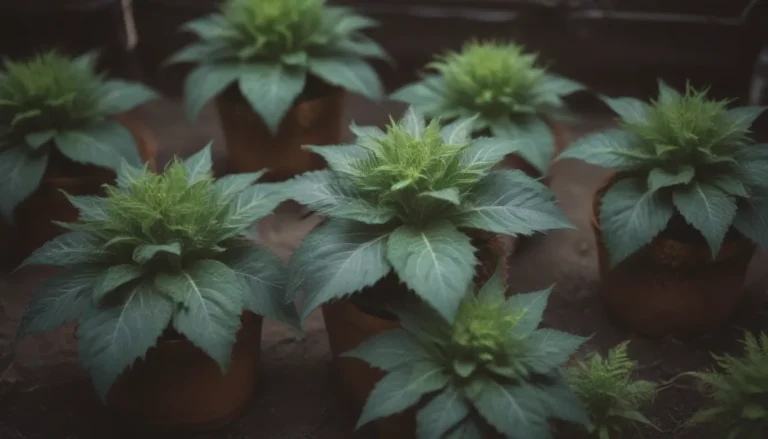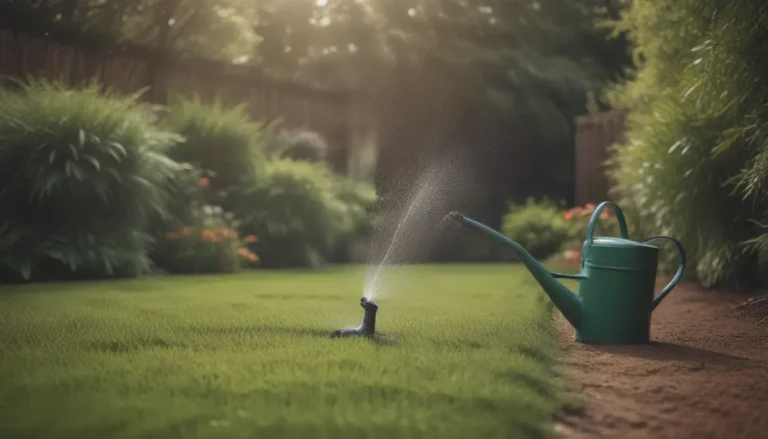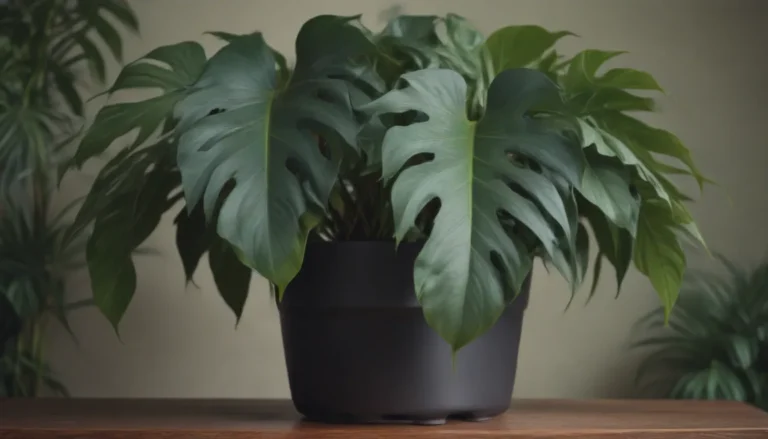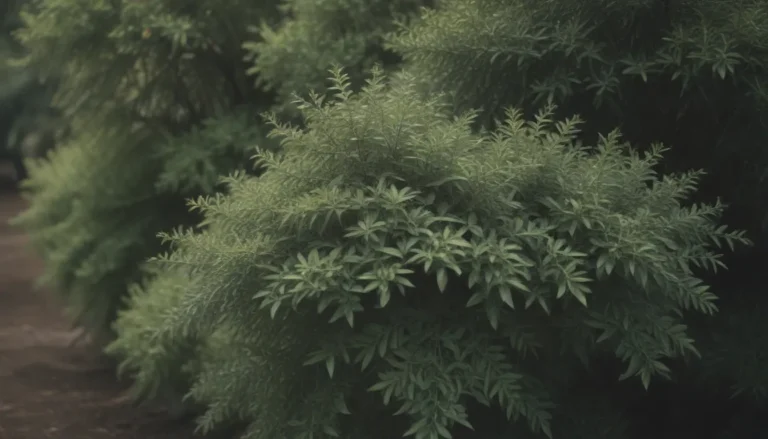Ultimate Guide: How to Grow and Care for Alocasia Maharani

Are you looking to add a touch of unique elegance to your indoor plant collection? Look no further than the Alocasia Maharani, also known as the ‘Grey Dragon.’ This rare Alocasia hybrid stands out with its grey-green highly textured foliage, making it a jewel Alocasia native to the tropical rainforests of Southeast Asia. While it may be a bit challenging to find, the effort is well worth it for its eye-catching appearance and relatively easy care. However, pet owners should be aware that Alocasia Maharani is considered toxic to cats and dogs.
What is a Jewel Alocasia?
Before delving into the care of the Alocasia Maharani, let’s explore what sets jewel Alocasias apart. The term ‘jewel Alocasia’ refers to Alocasia varieties known for their compact growth and unique foliage. Alongside Alocasia Maharani, other popular jewel Alocasias include Alocasia Dragon Scale, Alocasia Silver Dragon, Alocasia Cuprea, and Alocasia Black Velvet.
Alocasia Maharani Care
Caring for the Alocasia Maharani is not much different from caring for other Alocasia varieties, but some growers find it easier to care for than the finicky Alocasia Dragon Scale. While all Alocasias require some attention to their growing conditions, the key to success lies in providing consistent moisture. Remember, this is not a plant you can neglect when it comes to watering!
Light
Alocasia Maharani thrives in bright, indirect light indoors. Be sure to avoid direct sunlight, especially harsh afternoon rays that can scorch the delicate leaves of this tropical plant.
Soil
To prevent overwatering and root rot, use an airy, rich, and well-draining soil mix for your Alocasia Maharani. A combination of potting soil, perlite, and orchid bark works well to provide the ideal growing medium.
Water
Keep the soil consistently moist but not wet between waterings. During the active growing season in spring and summer, water your plant once or twice a week. In fall and winter, reduce watering frequency as the plant requires less moisture.
Temperature and Humidity
Alocasia Maharani thrives in warm, humid conditions similar to its native Southeast Asia habitat. While it can adapt to average household temperatures and humidity levels, providing some extra humidity will benefit the plant. Consider using a small humidifier nearby or placing the plant in naturally humid rooms like the kitchen or bathroom.
Fertilizer
For optimal growth, fertilize your Alocasia Maharani regularly during the active growing season. Use a balanced liquid fertilizer diluted to half-strength once a month in spring and summer to promote healthy growth.
Propagating Alocasia Maharani
You can propagate Alocasia Maharani by dividing and growing its corms. While this method may not be as straightforward as propagating from stem cuttings, with patience and care, you can successfully propagate your plant. Follow these steps to propagate a corm from a single bulb without soil.
- Remove a healthy corm from the mother plant.
- Place the corm in a suitable growing medium.
- Keep the corm moist and provide indirect light.
- Watch for new growth to appear.
- Transplant the new plant once it has established roots.
Potting and Repotting Alocasia Maharani
Alocasia Maharani does not require frequent repotting and can thrive in the same container for a couple of years. When root growth starts to show through the drainage holes, it’s time to repot. Choose a slightly larger pot in spring or summer, being careful not to oversize the new container. Repotting in the active growing season helps minimize stress on the plant.
Common Pests & Plant Diseases
While Alocasia Maharani is not particularly prone to pests, keep an eye out for common houseplant pests like spider mites, fungus gnats, mealybugs, and thrips. To prevent root rot, ensure the plant has proper drainage and use a well-draining soil mix to promote healthy root conditions.
Common Problems With Alocasia Maharani
Despite its unique beauty, Alocasia Maharani can encounter issues if not given proper care. Watch out for the following common problems:
Yellow Leaves
Yellow leaves on your Alocasia Maharani are often a sign of overwatering or root rot. Maintain moist but not soggy soil and ensure proper drainage in the pot to prevent waterlogging. Check the roots for signs of rot if you notice yellowing leaves.
Browning Leaves
Brown leaves indicate a need for more humidity for your Alocasia Maharani. Consider increasing humidity levels to mimic the plant’s natural rainforest environment and maintain its lush foliage.
Leggy Growth
Leggy growth, or elongated stems, results from insufficient light. Ensure your Alocasia receives several hours of bright, indirect light daily to prevent leggy growth. Rotate the plant regularly to promote even growth and avoid lopsided stems.
In conclusion, Alocasia Maharani is a stunning addition to any indoor plant collection, with its unique foliage and manageable care requirements. While it may be a bit rare to find, the effort put into growing and caring for this jewel Alocasia will be rewarded with its beauty and grace. Remember to provide the right growing conditions, including light, soil, water, and humidity, to ensure your Alocasia Maharani thrives in its new home. With proper care and attention, you can enjoy the beauty of this exotic plant for years to come.
